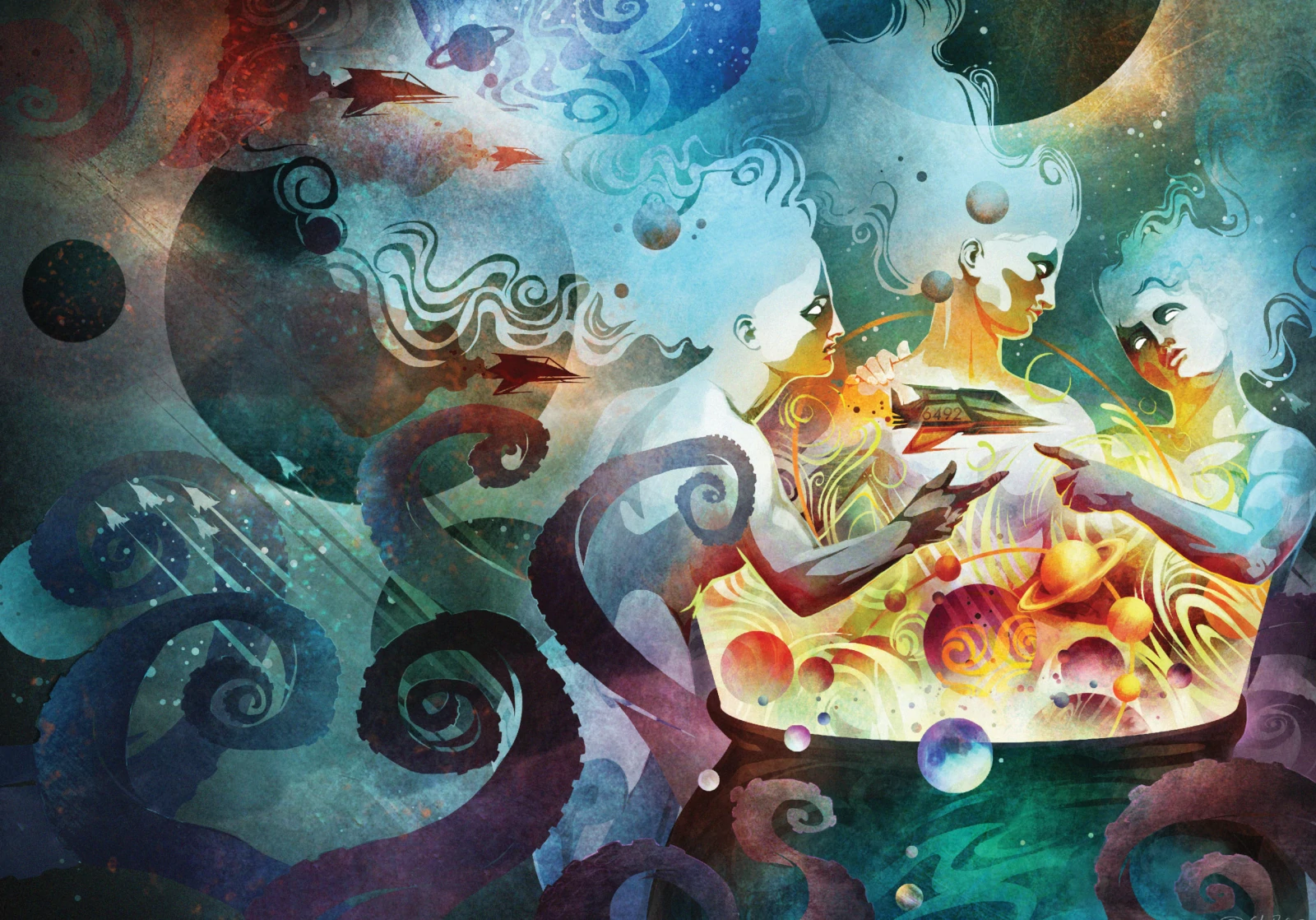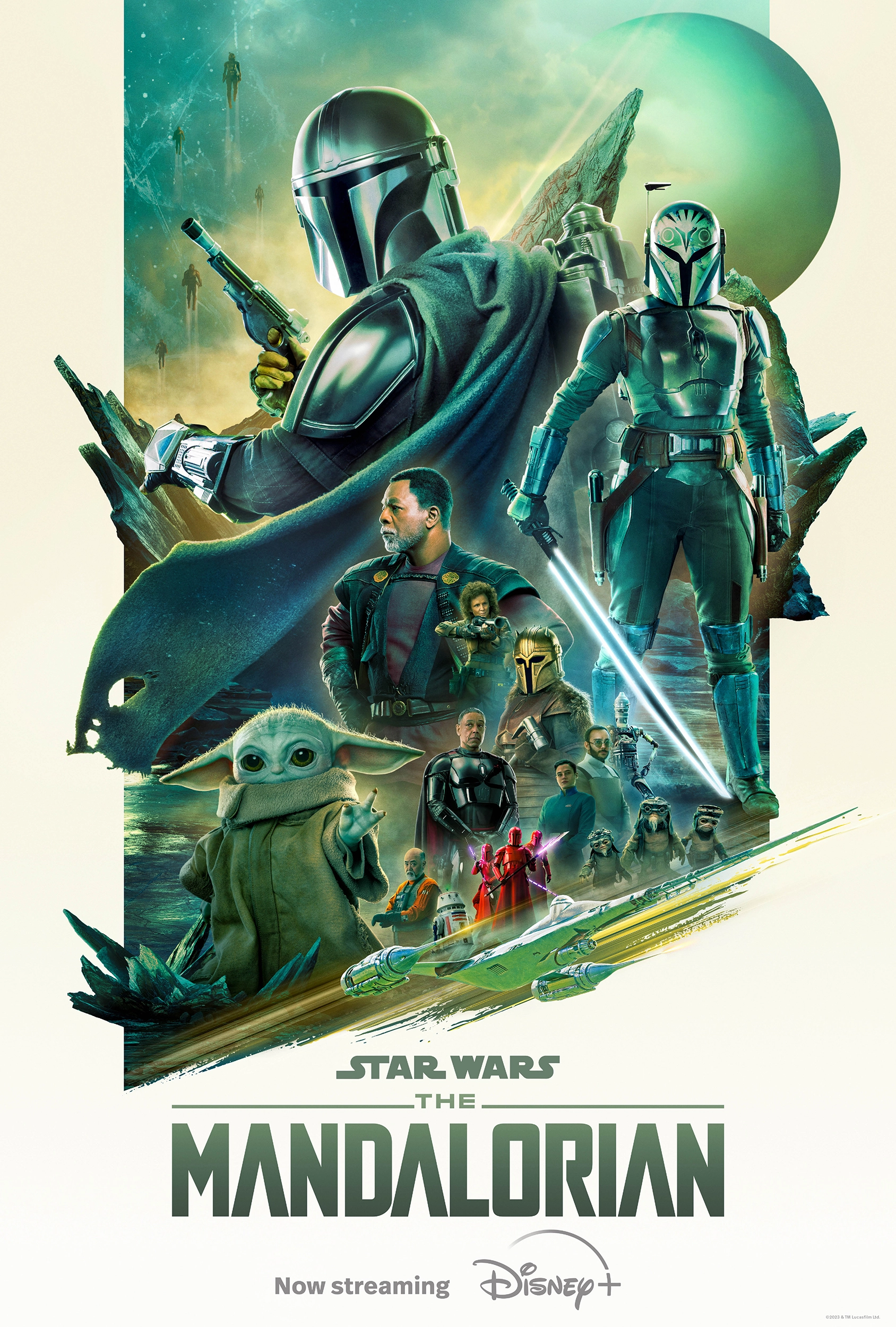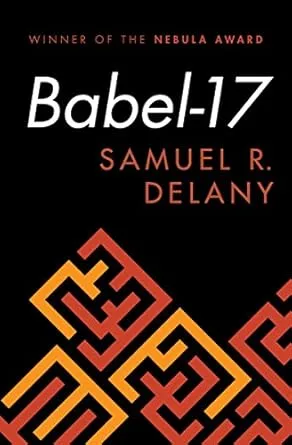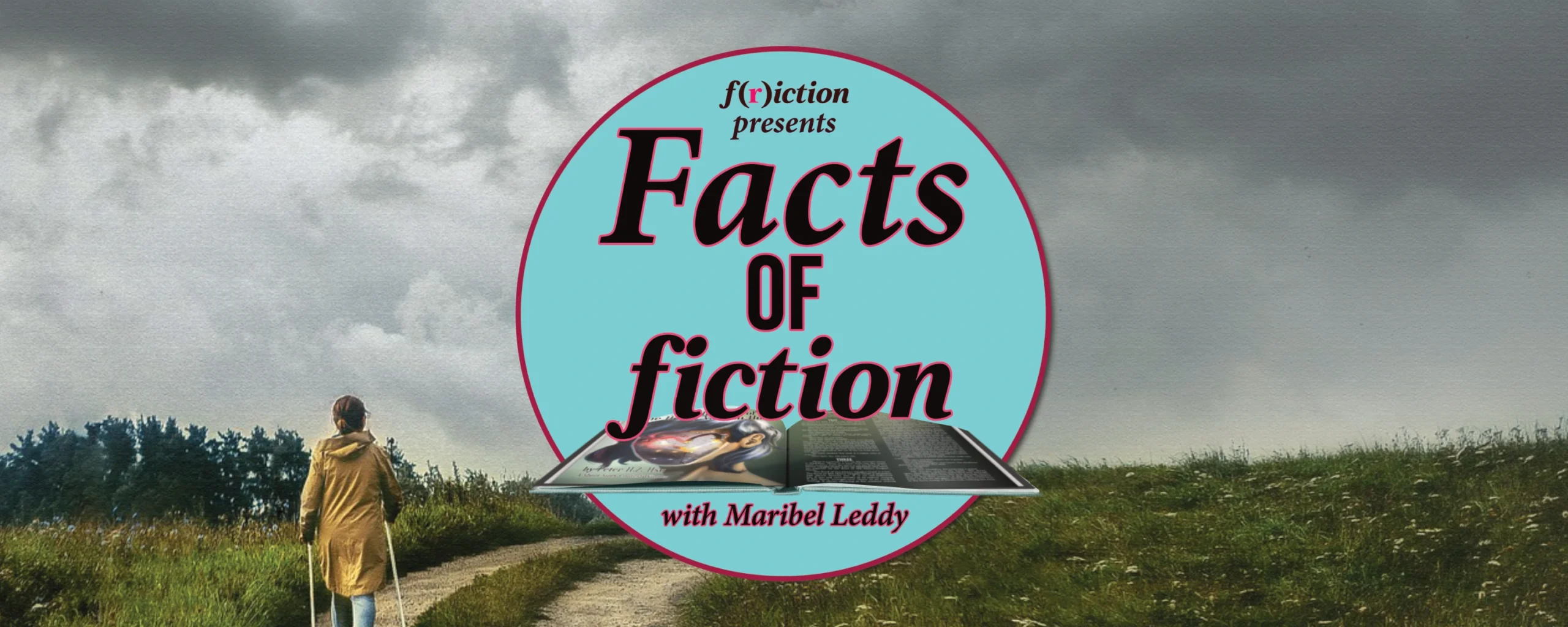
How to Start a Story: For People Who Hate Plotting
As writers, one of the most difficult tasks we face is plotting. We may have story ideas but wrangling them into something resembling a cohesive plot often seems a gargantuan task. In our time of need, we often turn to methods like the hero’s journey, Dan Harmon’s plot embryo, or the three-act structure. These methods are helpful, but can still feel broad and overwhelming, asking for more information than you have at the conception of your story.
Speaking as a neurodivergent individual (ND), conventional plotting methods have rarely been helpful to me, and I believe this is because NDs are often bottom-up thinkers. We are detailed oriented; we see the trees for the forest. Before we’ve imagined a plot from beginning to end, we know the intimate emotions of our characters, the flora and fauna of our world, the powers of our magic users, etc. We are engaged by and care most about creating our little guys and our intricate worlds, whereas plotting can feel technical, distant, methodical—not as exciting. Whether you’re neurodivergent or not, this may describe how you approach stories, and why you’ve struggled in the past with popular plotting methods that require linearity and causality.
But never fear! My “anti-plotting” methods ask you not to create a timeline or to inflict events upon your characters but encourage building on your strengths. If you love creating characters and themes, a question you can ask is, “What is the emotional core of the story?” (This is different from the premise, or even the theme. It is the simplest, rawest, emotional hook that ignites the story.) If you love creating worlds, you can consider what elements of worldbuilding you want to highlight the most, and derive a plot from the concepts, complications, and conflicts that naturally exist in a well-fleshed out world. I believe that within these two elements, the detail-oriented writer has already planted the seeds of the stories they want to tell.
Emotional Core

The emotional core of a story is centered around an emotion you feel strongly about, a massive, reactor-esque generator of power that gives your story life and gives you the energy and enthusiasm to write it. Let’s take The Mandalorian to use as an example. Star Wars is a broad, complicated universe, but The Mandalorian has a painfully simple core. It doesn’t matter the obstacles Din Djarin faces, or the missions he must complete, he desires one thing: to be a good dad to his adopted kid. That desire, and the way it makes us feel, carries the show, and makes it compelling when you first tune into it. And not only is this emotional core moving and relatable to the audience, it’s undoubtedly easy for a writer to care deeply about it too. So, what moves you?
Knowing yourself and what motivates your writing is an important aspect of finding this emotional core: are you interested in stories of political justice like the Hunger Games? Are you deeply moved by father and son dynamics like in God of War? Does it light you up to write about the sacrificial power of love like in The Locked Tomb Series?
Once you’ve discovered the emotional core that moves you, you expound on that core by asking how it can be challenged, explored, and ultimately realized. You likely have the answers to these questions already because of your intimate knowledge of your characters! For instance, we know that Din Djarin’s motivations stem from the Mandalorian code. But we also know his values include being a good parent—the core of the story. Within the first season of the show, the writers ensure these desires are not compatible. They most likely asked themselves: how does Din Djarin reconcile these conflicts? What are the consequences of breaking the code? Why is he willing to prioritize the child over his desire to be loyal to his people’s principles? The answers to these questions create The Mandalorian’s plot as we know it, and they are guided by the characterization of Din. Similarly, the questions you ask about your character’s deepest drives can reveal your way forward and placing obstacles in the way of your emotional core will motivate you to continue writing around or through them.
Worldbuilding

If you’re not sure what your emotional core is, worldbuilding is an excellent alternative starting point. When you approach plotting via worldbuilding, you want to find what the most important and invigorating concepts of your universe are, the sparks that spawned the rest of your creation. Let’s think of worldbuilding as charting a course or navigating the stars. There are a million different beginnings, but you want to find your true North: the elements that, like the emotional core, hook in your guts and won’t stop pulling. We can start by listing elements of worldbuilding, and then determining which are most important to this story. A good way to approach this is by asking what kind of stories you are drawn to reading, and why? Or, by examining what has inspired you in the past, tracking where you began your brainstorming, and noting when the ideas started flowing. Let’s say this is our in-exhaustive list:
- Setting or Maps — If you pay special attention to settings and desire a wide world that will be well-travelled, this is a good place to begin. Let’s take the famous The Lord of the Rings. J.R.R. Tolkien was a linguist first, and not a practiced cartographer. But he once commented, “I wisely started with a map, and made the story fit” (Letter 144, 1954). Without his maps to guide him, the journeys of his characters would have been nearly impossible to follow, for himself and the reader.
- Magic Systems or Powers — In Brandon Sanderson’s Mistborn, there is a heavy focus on Allomancy, a magic system that gives powers to its practitioners through the consumption and “burning” of rare metals. Sanderson’s plot is heavily tied to his protagonist’s ability to master her Allomancy and use these powers to defeat the despotic villain. If you find yourself excited by the creation of complex and compelling magical systems, growing your story alongside those abilities could be key.
- Religions — Rick Riordan’s Percy Jackson series is all about gods, baby. Percy’s interactions with the gods and his navigation of their expectations is vital to the accomplishment of his mission. If you spend hours at a time constructing the personalities of gods, intricate rituals of worship, or complex beliefs and morals that deeply influence your world’s society and your characters’ decisions, religion may your key element.
- Fauna or Flora — Jeff VanderMeer’s Southern Reach trilogy is known for its weird ecology and the ways in which it steps in for the typical horror monster: an “entity” that is wild and unknown, threatening our climate-controlled, comfortable cityscapes or suburban bubbles. Are you drawn towards predatory plants or “living” landscapes? Trees that whisper secrets or marshes that swallow victims whole? Basing your plot around your ecology may seem unusual, but it’s certainly worked for VanderMeer!
- Communication — Samuel R. Delaney’s Babel-17 is a sterling example of communication as an essential element to plot. The premise can’t really operate without the author’s understanding of the Sapir–Whorf hypothesis, as the conlang of the book, Babel-17, is weaponized to influence thought and to give its users strange powers. If you find yourself drawn to the “peculiarities of language, how conditions of life shape the formation of words and meaning, and how words themselves can shape the actions of people” this may be your ideal approach to generating a plot.
- Government — Fahrenheit 451 by Ray Bradbury portrays a conflicted “fireman” who finds an outlawed book and takes it home instead of burning it. As he reads, he fights against what he’s been taught by his oppressive government and struggles to keep the books he rescues safe. If a plot centered on government and its use and abuse of power is a driving force of your book, this element may suit you best. Revolution, rebellion, protests, and political commentary at its most poignant and devastating spring from novels such as this.
- Culture— If you find yourself exploring the stories society tells us, the power they have over our lives, and the influence of tradition, propriety, or familial responsibility, you might be interested in approaching plot through the lens of culture. The Traitor Baru Cormorant is a book that explores the influence of stories within a culture: how a person is allowed to exist, how one should behave, who should hold power, and who should not. What stories does your society tell? How do they influence your characters’ fate? These answers may provide exactly the plot you need.
For this story, let’s say you’ve imagined a beautiful, secretive forest and have researched druidic lore and their rites. In this instance, we might choose Flora as our primary focus, and Religion as our secondary. Perhaps, specifically, we are interested in how these rites allow our druids to communicate with one another, so we add Communication as a tertiary focus. We would now consider how these elements might interact within the ideas we already have. Our starting concept could be “druids using a mycelium network to secretly communicate.”
Now, we want to draw out of these elements questions that support, guide, or complicate the plot. For example: Why do the druids need to communicate in secret? How did they learn to communicate via the mycelium? Perhaps we can introduce an obstacle to challenge this concept. Maybe the druids’ enemies are wizards who can control fire and are seeking to burn down large swathes of forest to destroy the communication system. This gives you more questions: Why do the fire wizards want to stop the druids from communicating? Why can’t they use the mycelium system to communicate themselves?
If you struggle with coming up with such questions, there are many online resources that can help you glean what is important about your world, and how to expand it into plot. Furthermore, don’t underestimate how helpful it can be to share your worldbuilding with a person you trust! Their new perspective and natural curiosity can reveal story threads already woven into the tapestry: ones you can follow and weave further.
Conclusion
There’s an old piece of writing advice that says, “write what you know,” and it is a valuable piece of advice. But I would take it a step further and ask you to write what you love. You can always gain more knowledge, but you can’t fake joy. That’s what these “anti-plotting” methods are asking of you—how is your writing making you feel? Are you having fun? Do you hate this process? Or do you wake up and want to do nothing but sit down and write?
I’m not a believer in the idea that artists must suffer, and I think all creators should be able to enjoy and trust their process. If you love every bit of the story you are building, from its tiniest seedling to its greatest, towering city, you will want to play in this sandbox. You will return, time and time again, to tell stories in this universe, no matter the obstacles—frustration, boredom, an alien invasion. Once you have a plotting approach that feels like an act of discovery, you may find you don’t hate plotting after all.


